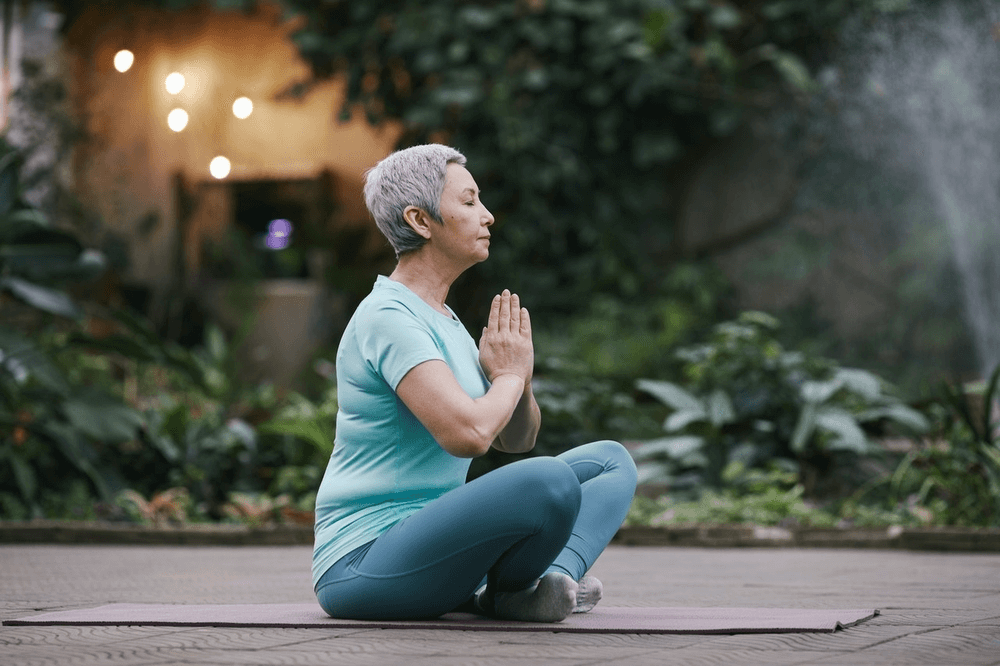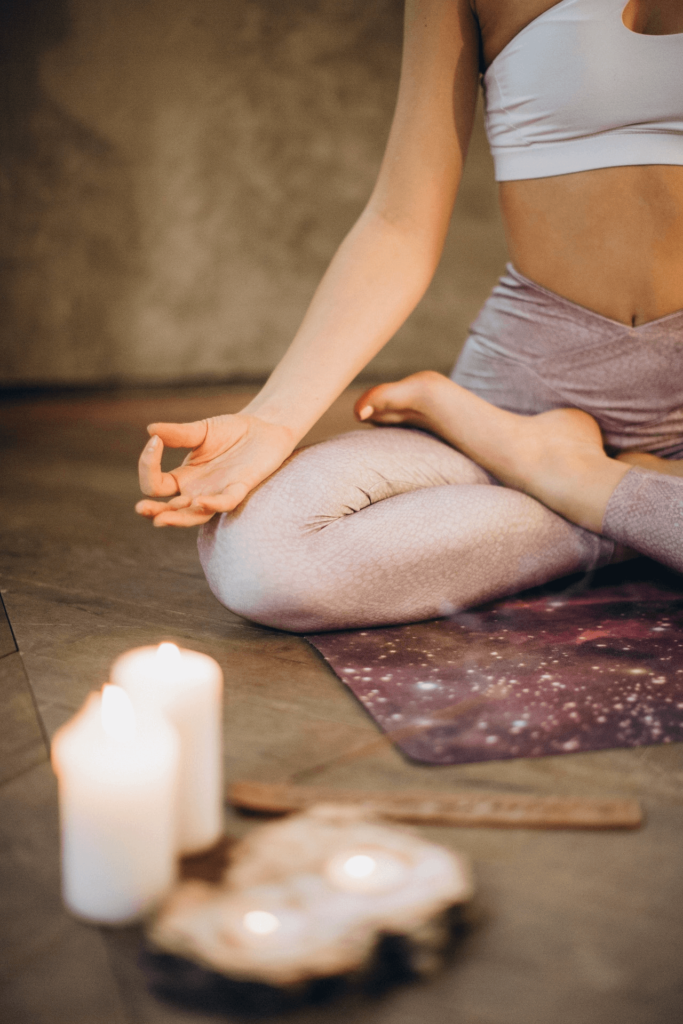Helpful Meditation Tips for Beginners
 Meditation is most comfortable in a quite place where you find yourself at rest. That is why meditating at home can be most effective. You do not need an experience to start practicing meditation on your own. Your faith in the process, free time, good night sleep, empty stomach are basics to get a good start. In order to get most of it by doing it on your own you need to get your basics right. First is good night sleep. Never attempt meditating unless you are sleepy or skipped some of your sleep. You will not be able to make a shift in brain waves as being sleepy keeps you more subconscious than usual. It is generally recommended to meditate right after waking up or before going to sleep because our brain waves tend to slow down at those times. When we are fully awakened and process analytical information we function at beta brain waves which shift us to logical , rational functioning. Right after we wake up or before going to sleep our brain waves shift to alpha state which is slower cycles. Different brainwave states occur in different parts of day, night. You can achieve theta, delta brain wave state throughout meditation but most people are not capable of experiencing those states unless unconscious asleep. If practicing meditation you can consciously slow brain waves from alpha to theta to delta to receive deeper healing from consciousness merging to subconsciousness. In other words our habits, usual patterns, thoughts, emotions are determined by wiring of neural pathways. Creating new neural pathways or neural hardware/chemistry is key to creating new thoughts, emotions, habits. Neurons that fire together wire together. In order to get cohesive response/communication among your brain cells slowing down your brain waves is a must. Consciousness is a phenomena of billios of neurons firing up simultaneously. Let me share some meditation tips, effective for beginners.
Meditation is most comfortable in a quite place where you find yourself at rest. That is why meditating at home can be most effective. You do not need an experience to start practicing meditation on your own. Your faith in the process, free time, good night sleep, empty stomach are basics to get a good start. In order to get most of it by doing it on your own you need to get your basics right. First is good night sleep. Never attempt meditating unless you are sleepy or skipped some of your sleep. You will not be able to make a shift in brain waves as being sleepy keeps you more subconscious than usual. It is generally recommended to meditate right after waking up or before going to sleep because our brain waves tend to slow down at those times. When we are fully awakened and process analytical information we function at beta brain waves which shift us to logical , rational functioning. Right after we wake up or before going to sleep our brain waves shift to alpha state which is slower cycles. Different brainwave states occur in different parts of day, night. You can achieve theta, delta brain wave state throughout meditation but most people are not capable of experiencing those states unless unconscious asleep. If practicing meditation you can consciously slow brain waves from alpha to theta to delta to receive deeper healing from consciousness merging to subconsciousness. In other words our habits, usual patterns, thoughts, emotions are determined by wiring of neural pathways. Creating new neural pathways or neural hardware/chemistry is key to creating new thoughts, emotions, habits. Neurons that fire together wire together. In order to get cohesive response/communication among your brain cells slowing down your brain waves is a must. Consciousness is a phenomena of billios of neurons firing up simultaneously. Let me share some meditation tips, effective for beginners.
How to meditate at home with easy steps?
Make a space for yourself in your room where it is quite and can be no disturbances within 30 minutes minimum. Turn off any negative electromagnetic frequency around you like television, computer, phone, any other sound disturbances. Ask your roommates not to disturb you and isolate your pets for total quit. Prepare your space to be clean and quite. No interference is a must in reaching to deeper states of your practice.
Where to meditate at home?
Image Credit: Photo by Marcus Aurelius from Pexels
Meditation should always take place in the most quite place of your house. Designate a mat, clean space, little cushion or any type of support to raise your lower back so your back does not hurt throughout meditation by being too stiff. Your back does not need to be too stiff and eyes should be closed throughout meditation.
How to do deep meditation at home?
Sounds like a mantra are important in getting us to relax. I recommend music by Buddha Maitreya to which I have meditated for many years. His music contains mantras with healing words like OHM, Tibetan bowls sounds, drums sounds. You could also use healing music from the free radio station drone zone at soma.fm. There are many sources of mantras, healing meditation music on youtube, and the internet in general. After selecting your mantras or music, get into a lotus posture with your legs crossed and palms resting facing up on your legs. Meditation can be done in different postures but just like in yoga crossing your legs, hands to opposite sides of your body causes more coherence between right, left brain hemispheres. Becoming conscious through postures, deep breathing is a start of a meditation.
Image Credit: Photo by Elina Fairytale from Pexels
After choosing your meditation posture, music starts to breathe deep and slow 5 seconds in, 5 seconds out. By slow conscious breathing we create a sacred space, brain to heart coherence that shifts us to slower brain waves eventually. It is important not to focus on results but on process itself. Your deep, slow breathing and conscious awareness of energy shifting to parts of the body, places you imagine will gradually transform your practice. It is not recommended to think about people in meditation but if you do try to become conscious of it and shift attention back to your palms, spine, head, and other energy centers of the body. Your energy goes where attention flows so imagining peaceful places like nature, anywhere you are most at rest is a way to go. Spiral, spin or circle-like movement of energy tends to shift us more effectively as we know energy spins like waves rather than a straight line. Therefore visualizing spin patterns around your spine moving up, around palms, around head or heart area help you to merge one with energy around you.
How to make a meditation room at home?
You can make your meditation space in a less disturbed part of your house. Quit space, no interruptions are must to start the practice.
Tools to use for meditation at home?
There are different etheric healing tools available by Shambhala Monastery in California. They produce tools, music for visualization, shifting sensations to better meditating experience. Many different energy tools or meditation tools they design made of various metals, crystals, magnets serve different functions.
Basic benefit of their energy tools is production, an effect of piezoelectricity. Piezo electricity is when electric particles in a crystal with magnet metal produce an effect on a subject by awakening his/her electromagnetic field. Since our fields are already function able but rather dormant, a contact with crystals or tools mentioned elevates our energy vibration frequency. Any such tools will bridge you to a more effective meditation experience. Doing yoga, body movements to awaken conscious energy flow are also effective prior to meditating.



